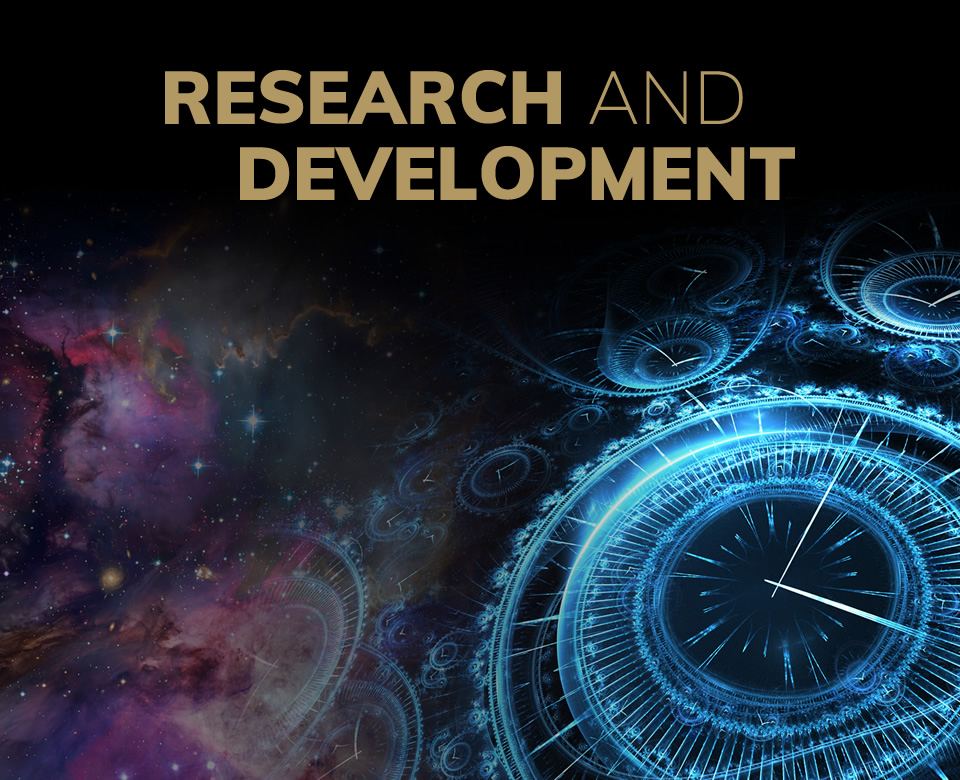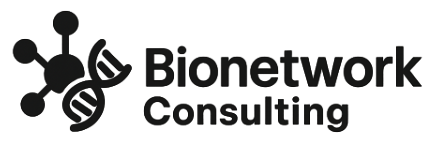
In today’s highly competitive and regulated markets, innovation alone is no longer enough to succeed. Whether developing a new drug, medical device, or AI-powered healthcare platform, organizations must operate within a robust framework of compliance while maintaining the highest levels of scientific rigor and trustworthiness. This is where regulatory strategy, research and development (R&D), and data integrity intersect to form the foundation of responsible growth.
Global regulatory bodies like the U.S. Food and Drug Administration (FDA), European Medicines Agency (EMA), and International Council for Harmonisation (ICH) are continuously updating guidelines to address emerging technologies such as artificial intelligence, advanced biologics, and blockchain-based data systems. For companies, mastering these evolving rules while investing in groundbreaking R&D—without compromising data quality—is now a strategic necessity.
Regulatory Strategy in a Fast-Changing World
A strong regulatory strategy ensures that innovative products can navigate complex compliance pathways efficiently, reducing the risk of delays, penalties, or market rejection. The latest trend in Regulatory strategy involves early engagement with regulatory agencies during the product development phase. This proactive approach allows companies to clarify expectations, align with global standards, and adapt their development plans accordingly.
Recent Developments:
- Adaptive Regulatory Pathways: Regulatory bodies are increasingly offering accelerated approval programs for products addressing unmet medical needs. For example, the FDA’s Breakthrough Therapy designation and the EMA’s PRIME scheme provide faster routes to market without compromising safety.
- Harmonization Efforts: Initiatives like ICH E6(R3) are modernizing Good Clinical Practice (GCP) guidelines, enabling more flexible and technology-friendly approaches to clinical trials.
- Digital Compliance Tools: AI-powered compliance platforms are helping companies automate regulatory submissions, track changing requirements across jurisdictions, and simulate approval timelines.
By integrating technology into regulatory planning, companies can better predict compliance risks and adapt their strategies in real time—ensuring smoother product launches.
The New Era of Research and Development
R&D has traditionally been the heart of innovation, but recent technological leaps are transforming how products are conceived, tested, and brought to market. Modern Research and Development teams are embracing data-driven decision-making and cross-disciplinary collaboration to speed up innovation cycles while meeting stringent quality standards.
Latest Technological Advancements in R&D:
- AI and Machine Learning: AI algorithms can analyze massive datasets to identify potential drug candidates, predict clinical trial outcomes, and even design custom molecules.
- Digital Twin Technology: In sectors like pharmaceuticals and medical devices, digital twins simulate real-world behavior, enabling faster testing and optimization before physical prototypes are built.
- Decentralized Clinical Trials (DCTs): Powered by wearable devices and telemedicine, DCTs allow researchers to collect patient data remotely, increasing accessibility and reducing trial costs.
- CRISPR and Gene Editing: In biotech, gene-editing tools are opening new possibilities for treating rare genetic disorders—bringing precision medicine closer to reality.
By integrating these innovations with regulatory foresight, R&D teams can accelerate development without risking compliance missteps.
Data Integrity: The Backbone of Trust
While innovation and compliance are critical, they are meaningless without data integrity—the assurance that data is accurate, consistent, and reliable throughout its lifecycle. Regulatory agencies are cracking down on poor data practices, with guidelines such as ALCOA+ (Attributable, Legible, Contemporaneous, Original, Accurate + Complete, Consistent, Enduring, and Available) setting the standard.
Emerging Trends in Data Integrity:
- Blockchain for Data Security: Immutable ledgers ensure that research data cannot be altered retroactively, enhancing transparency and traceability.
- Cloud-Based Data Management: Secure cloud platforms enable global collaboration while maintaining strict access controls and audit trails.
- Automated Data Capture: IoT-enabled devices and laboratory automation systems reduce human error, ensuring more reliable datasets.
- Regulatory Data Audits: Agencies are using AI-powered analytics to detect anomalies and flag suspicious data patterns during inspections.
Maintaining impeccable Data integrity is no longer optional—it’s the currency of trust between companies, regulators, and the public.
Integrating the Three Pillars for Competitive Advantage
When regulatory strategy, R&D, and data integrity work together seamlessly, the results are transformative. A well-planned regulatory approach ensures that R&D investments are aligned with market and compliance demands, while robust data practices safeguard the credibility of every innovation.
Example of Integration in Action:
A biotech company developing a personalized cancer therapy engages with regulators early to define acceptable endpoints, uses AI to optimize clinical trial design, and implements blockchain to secure patient genomic data. The result? Faster approvals, reduced costs, and heightened trust from stakeholders.
Looking Ahead: The Future Landscape
Over the next decade, we can expect even deeper integration of these three areas:
- Regulatory AI Advisors: Intelligent systems that provide real-time compliance recommendations during R&D.
- Fully Virtual Trials: Leveraging VR, wearables, and remote monitoring for 100% decentralized studies.
- Global Data Integrity Networks: Blockchain-based systems connecting regulators, companies, and researchers to ensure consistent global data standards.
Organizations that invest now in harmonizing their regulatory strategy, R&D capabilities, and data governance frameworks will be better positioned to lead in the age of intelligent, ethical, and globally connected innovation.
Final Thoughts
In today’s innovation-driven economy, success depends on more than just a brilliant idea—it requires a carefully orchestrated balance between compliance, creativity, and credibility. By mastering regulatory strategy, embracing the latest R&D technologies, and committing to uncompromising data integrity, organizations can not only survive but thrive in a fast-evolving global marketplace.
